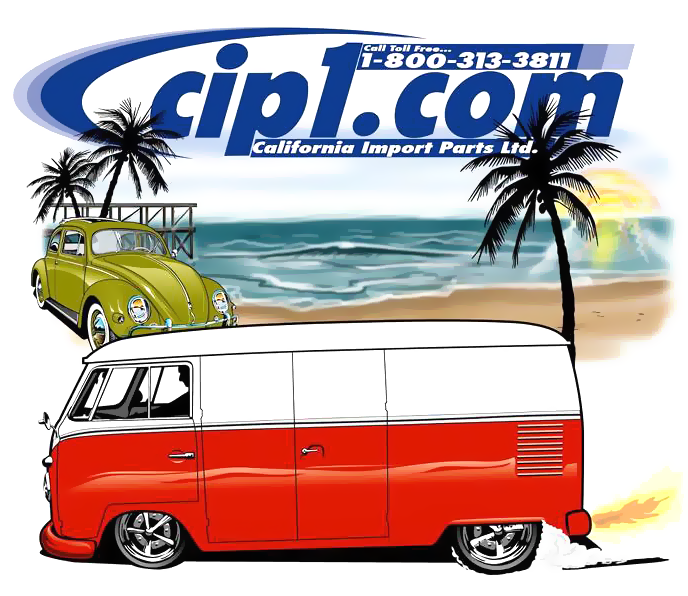News & BLOG
Project #Super71 - Floor Pans & Tunnel 1.0
After working on some small jobs, it was time to move on to something a little more complicated. In fact, I wasn't even sure how this part of the project was going to go. It was time to attack the chassis. As you are well aware of by now, the bottom 12" of this car was complete mush... so what did that mean exactly for the floors, tunnel and frame head? It was time to find out.
With a project this size, it's important to only look at each small job that needed doing. The first step here would be to cut out the old rusty floor pans and then clean up as much of the support metal as possible. This would include the frame head, Napoleon hat and tunnel. Once that was done the chassis could be looked at and assessed to see what we had to work with. My buddies were happy to use the angle grinder to cut out the bulk of the floor pans. We made sure to leave enough space between the tunnel and the edge of the floor pan so we would not damage the lip of the tunnel.



Once the majority of the metal was removed from the floor pan we could remove the rest of the metal that was spot welded to the tunnel with an air chisel. It didn't take too long to break through the welds and clear out the remaining metal that once made up the edge of the floor pan on this 1302 Super Beetle. The last step in this initial stage was to use a wire wheel on the entire tunnel and Napoleon hat to clean things up as much as possible.


We worked on the right side of the chassis first, then repeated the process on the left side... Cutting out the bulk of the floor pan, using an air chisel to break the spot welds, and finally cleaning everything up with a wire wheel. Everything was looking good but I was a little stumped on one section. The rear of the pan is welded to a hunk of steel that is connected to the rear torsion bar housing. This odd hunk of steel is a brace that holds the outside rear section of the floor pan in place and adds a lot of strength. It was hard to tell what I hat to cut away. I wasn't sure what metal was considered part of the floor pan, and what was part of the brace. After doing some research online I came to the realization that the brace was only a few inches wide with a heavy weld. So as long as I carefully cleared away any thin metal and left a solid steel brace that was several inches wide I would be good to go!
With the top portion of the runnel looking pretty good it was time to see what the bottom side. Now that's a whole other story so I will discuss that in another post.
Thanks for following the build. Please leave your feedback, questions and comments below.
THEBUGNUT
Project #Super71 - One Rusty Frame Head
Project #Super71 - Floor Pans & Tunnel 1.0
Project #Super71 - Goodbye Gas Heater Hole
Get your 3-Pack of 4"x6" die-cut vinyl stickers for only $6.00. We will ship anywhere in Canada or USA for FREE!













